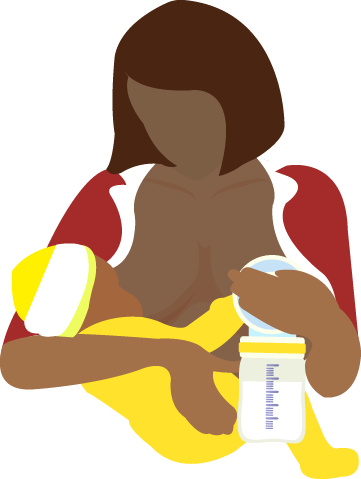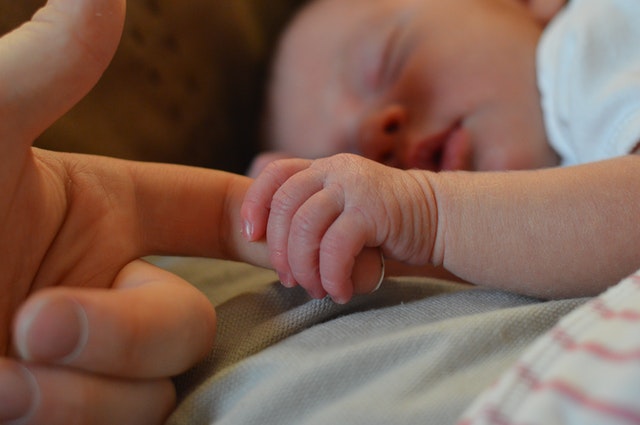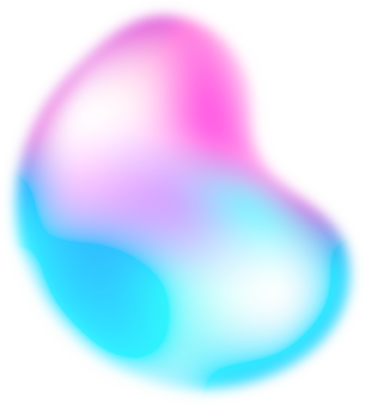What is mastitis?
Mastitis is a breast inflammation usually caused by infection. It can happen to any woman, although mastitis is most common during the first 6 months of breastfeeding. It can leave a new mother feeling very tired and run-down. Add the illness to the demands of taking care of a newborn, and many women quit breastfeeding altogether. But you can continue to nurse your baby. In fact, breastfeeding usually helps to clear up infection, and nursing will not harm your baby.
Although mastitis can be discouraging and painful, it is usually easily cleared up with medicine.
What causes mastitis?
Mastitis most often happens when bacteria enter the breast through the nipple. This can happen when a nursing mother has a cracked or sore nipple.
Going for long stretches between nursing or failing to empty the breast completely may also contribute to mastitis. Using different breastfeeding techniques and making sure your baby is latched on properly when nursing will help with emptying the breast and avoiding cracked nipples. View a slideshow on latching to learn how to get your baby to latch on.
What are the symptoms?
Mastitis usually starts as a painful area in one breast. It may be red or warm to the touch, or both. You may also have fever, chills, and body aches.
Signs that mastitis is getting worse include swollen, painful lymph nodes in the armpit next to the infected breast, a fast heart rate, and flu-like symptoms that get worse. Mastitis can lead to a breast abscess, which feels like a hard, painful lump.
What increases your risk of getting mastitis?
You are more likely to get mastitis while breastfeeding if:
You have had mastitis before.
You delay or skip breastfeeding or pumping sessions. When you don’t empty the breast regularly or completely, your breasts become engorged or too full, which can lead to mastitis.
You have cracked or irritated nipples, which can be caused by poor positioning or poor latching on.
Breastfeeding mothers can get mastitis at any time, but especially during the baby’s first 2 months. After 2 months, the baby’s feeding patterns become more regular, which helps prevent mastitis.
How is mastitis diagnosed?
Your doctor can tell whether you have mastitis by talking with you about your symptoms and examining you. Testing is usually not needed.
How is it treated?
Antibiotics can usually cure mastitis. If your doctor prescribes antibiotics, take them as directed. Do not stop taking them just because you feel better. You need to take the full course of pills. The antibiotics will not harm the baby. If treatment doesn’t work at first, your doctor may send a sample of your breast milk to a lab to help identify the type of bacteria causing the infection.
You can help yourself feel better by getting more rest, drinking more fluids, and using warm or cold packs on your painful breast.
Before breastfeeding your baby, place a warm, wet washcloth over the affected breast for about 15 minutes. Try this at least 3 times a day. This increases milk flow in the breast. Massaging the affected breast may also increase milk flow.
You can safely take acetaminophen (such as Tylenol) for pain or a fever. You can take ibuprofen (such as Advil) along with acetaminophen to reduce inflammation. Be safe with medicines. Read and follow all instructions on the label.
Breastfeeding from your affected breast is safe for your baby. If starting with the affected breast is too painful, try feeding your baby with your healthy breast first. Then, after your milk is flowing, breastfeed from the affected breast. If your nipples are too cracked and painful to breastfeed from that breast, hand express or use a breast pump to empty the breast of milk. Try this each time that you cannot breastfeed.
This is a good time to consider getting help from a lactation consultant. This person—usually a nurse—specializes in helping women with breastfeeding. You can breastfeed more effectively with less pain and help prevent future mastitis if you remember to change positions and make sure that your baby is latching on properly.
Be sure to get treatment for mastitis. Delaying treatment can lead to a breast abscess, which can be harder to treat.
Source: University of Michigan




